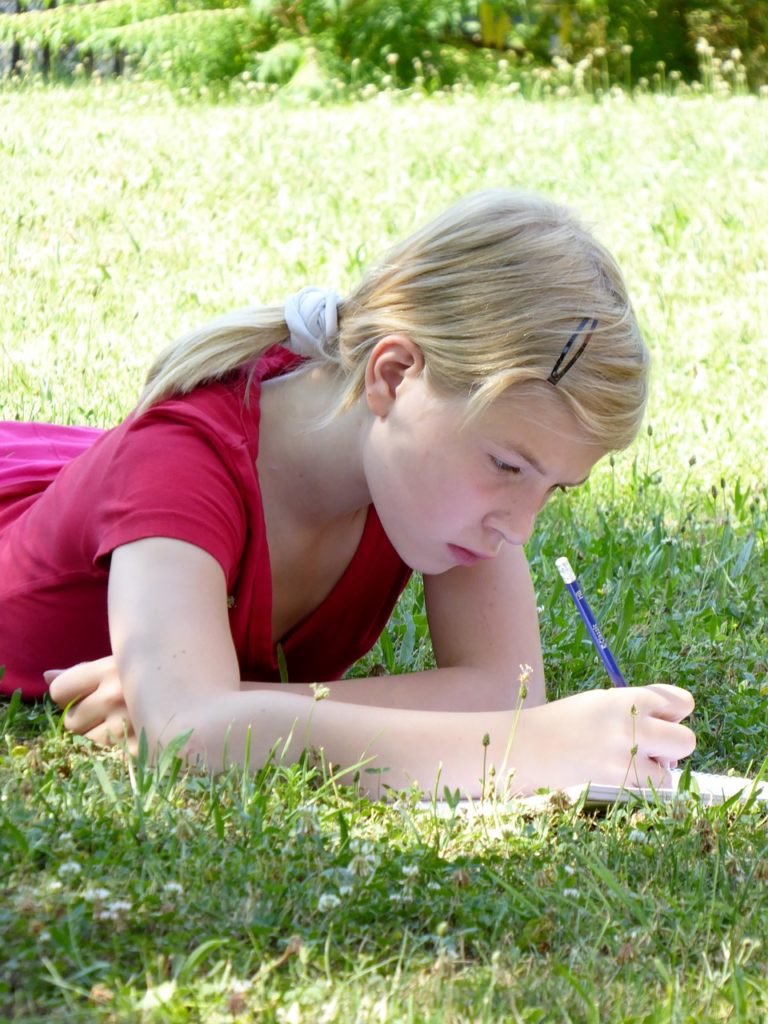Introduction:
Coding for alcohol addiction involves the implantation of Disulfiram-based drugs (Esperal Disulfiram, Tet Long, Antabuse, etc.) into the body, which provide a chemical blockade of the enzyme – alcohol dehydrogenase – and block ethanol-oxidative activity, inhibit the splitting of highly toxic ethanol containing substances, their metabolites and decomposition products in the body. This is the only adequate and justified method that ensures a stable continuous protection of the body to alcohol, enhances the therapeutic effect of the primary treatment.
How do these medications work?
The drugs used for coding are Disulfiram or Esperal; provide a constant therapeutic concentration of the blocker in the body, inhibiting the process of alcohol biochemical breakdown. Once alcohol or alcohol-containing food products enter the blood, it triggers an instant response from disulfirame, i.e. symptoms of acute alcohol intoxication (poisoning), which is manifested by:
- severe dizziness and general weakness, chills, double vision;
- skin reactions – itching, urticaria, hyperhidrosis;
- nausea, retching, often severe vomiting;
- cardiac reactions – abrupt interruptions in cardiac functions;
- shortness of breath, asthma attacks, up to a complete lack of breath;
- Impairment or loss of consciousness – often collapse, stupor, coma.
These symptoms are extremely unpleasant, dangerous for humans, and can lead to irreversible consequences!
Contraindications:
Coding for alcohol addiction is possible only in the absence of the following contraindications:
- Pregnancy, breastfeeding (lactation);
- Pathological diseases (oncology, etc.);
- Acute cardiovascular disorders (heart attack);
- Acute cerebral circulation disorders (stroke, hemorrhage);
- Acute hepatic and/or renal failure, active cirrhosis;
- Skin infections at the proposed site of the implantation;
- Mental illness and disorders (schizophrenia, dementia);
- Individual intolerance to drugs (based on Disulfiram and/or Naltrexone), after additional testing.
Possible negative consequences:
Coding can cause negative consequences only in the case of consuming alcoholic beverages and alcohol-containing products.
An alcohol blocker makes the patient immediately experience its effect and feel a severe discomfort with the corresponding consequences:
- severe headache;
- convulsions, seizures;
- nausea, vomiting;
- allergic reactions;
- panic attacks;
- cardiovascular and respiratory disorders;
- Loss of consciousness, collapse.
Other methods that have been used for aversion therapy include:
- Electrical shock.
- Another type of physical shock, like from a rubber band snapping.
- An unpleasant smell or taste.
- negative imagery (sometimes through visualization)
- Shame.
Conclusion:
Coding therapy along with aversion therapies can significantly help in reducing intractable alcohol addiction and give lasting health benefits to people with alcohol addiction.



